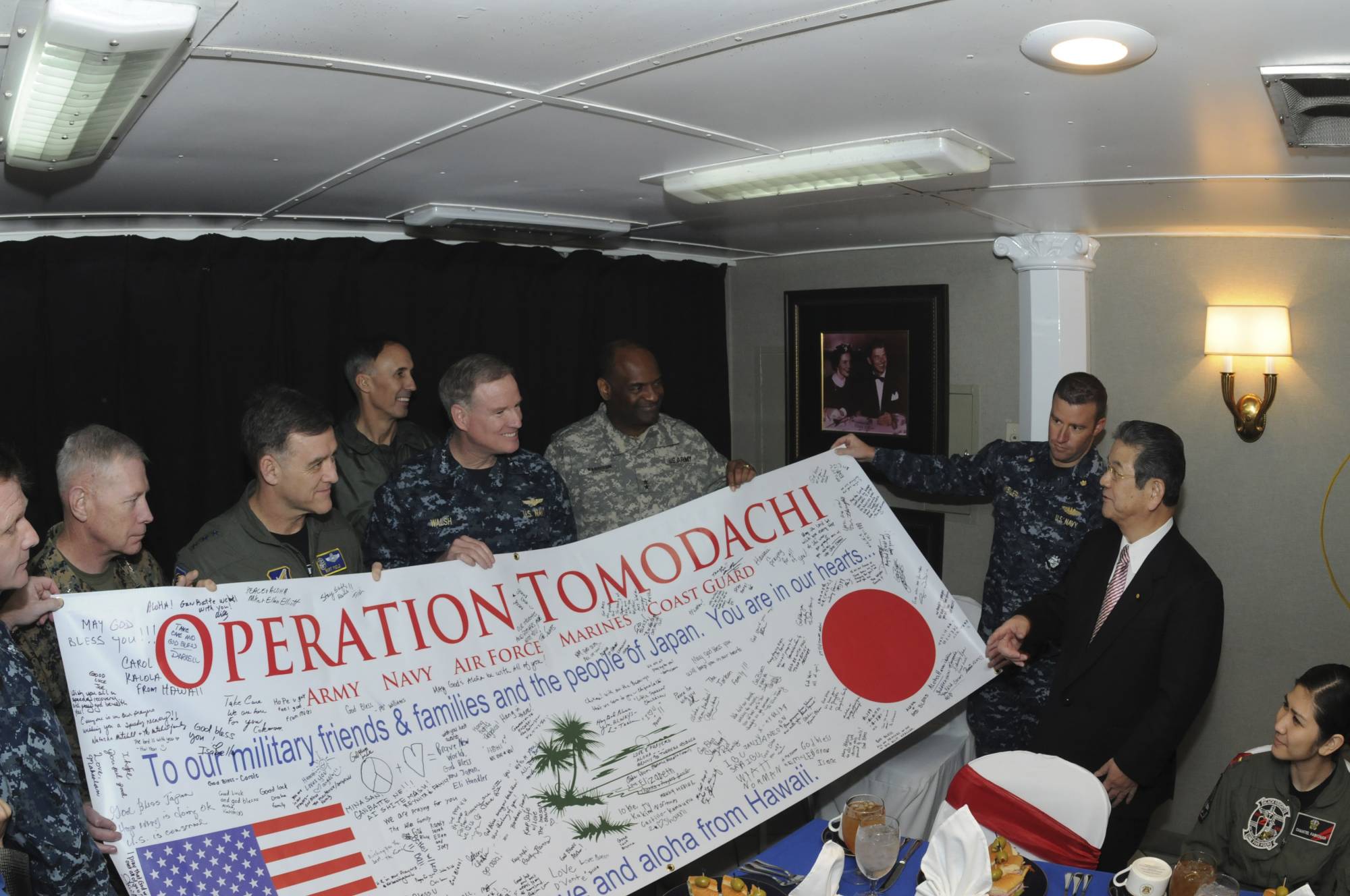The Great East Japan Earthquake was like yesterday for me. I was privileged at the time ten years ago to have been a part of the U.S. military response to the disaster known as Operation Tomodachi. I have also been lucky enough to continue to be involved with the affected area ever since, recently completing my 15th trip there.
These trips have been to both assist in the recovery process (fukkō) as well as to help prevent the fading away (fūka) of the lessons learned in that tragedy. It is important for each and every person to learn what they can about preparing for and responding to disasters, so that they themselves do not become victims and that they can also help others whether near or far.
In March 2006, exactly five years prior to the 2011 disaster, I co-authored a set of recommendations on the use of U.S. forces in a large-scale natural disaster in Japan and republished those proposals in these pages (“Time for a Japan-U.S. Mutual Assistance Agreement,” March 30, 2011) while serving in Sendai as the political advisor to the Forward Command Element of the U.S. Marines/U.S. Forces Japan, located at Camp Sendai, headquarters of the Ground Self-Defense Force’s Northeastern Army.



















With your current subscription plan you can comment on stories. However, before writing your first comment, please create a display name in the Profile section of your subscriber account page.